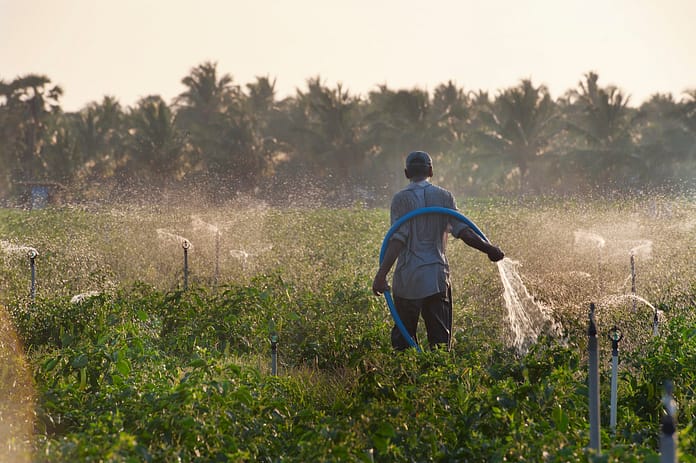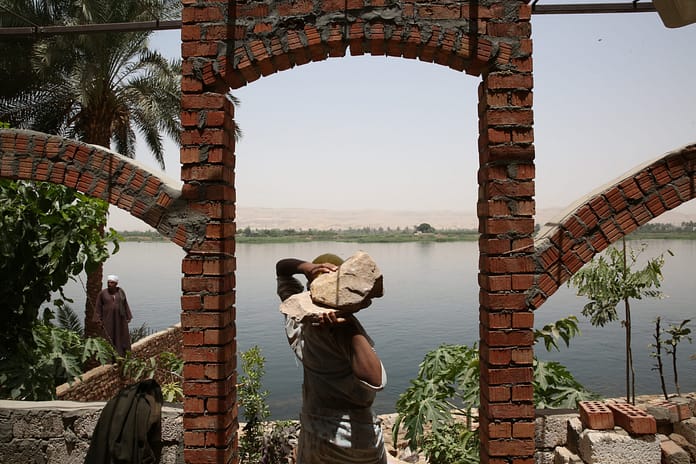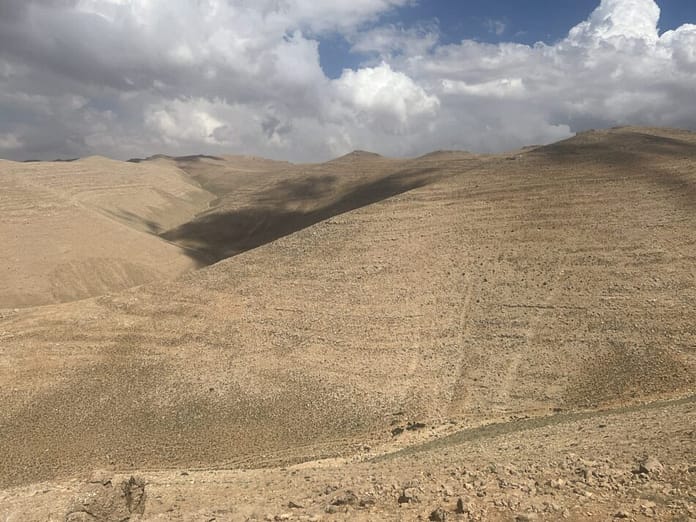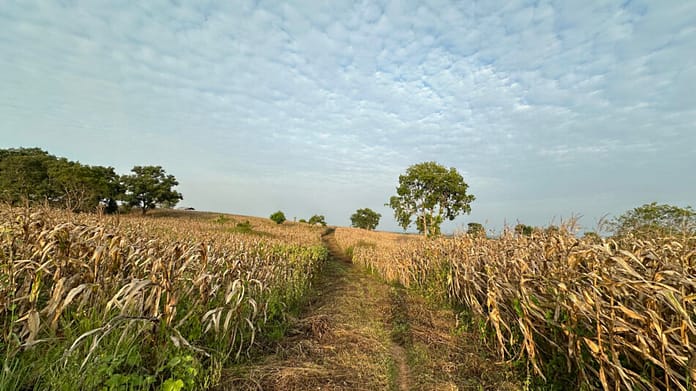A single droplet of water can lead a whole range of lives. It might glide through irrigation canals, coaxing wheat and sugarcane from sunbaked soils. It might drift along river currents, sustaining wetlands and slipping past the gills of fish destined for markets. Or it might plunge underground, fracturing shale to release natural gas that powers the tractors sowing the very crops it once nurtured.
Now imagine that same droplet reaching Egypt’s Aswan High Dam, where its path forks dramatically. This dam, a lifeline to farms and cities alike, is buckling under climate pressures. While the droplet can live many lives, it can’t do them all at once. With shrinking flows and rising demands, each droplet is threatened with a zero-sum choice: food or electricity? So, how do we allocate limited water resources within the food-water-energy nexus without losing either precious energy or essential food?
Enter the virtual water trade.
Virtual water is the hidden water that goes into producing goods. That chocolate bar you ate? You just gulped down 1,700 liters of virtual water without even knowing it.
The process of tracking how much of this hidden water is embedded in the flow of everyday goods and services is known as the virtual water trade. Leveraging virtual water trade can lead to two key benefits.
First, it allows chronic water-scarce regions to import water-intensive commodities rather than producing them locally, thereby conserving their limited water resources. Take, for example, producing one ton of wheat, which requires around 1,000 cubic meters of water. The Middle East and North Africa (MENA) region imports over 50 million tons of wheat annually, which, if produced locally, would demand 50 billion cubic meters of water, which is equivalent to the annual flow of the Nile into Egypt or nearly a third of the region’s total freshwater resources. Without this trade of virtual water, the MENA region would likely face grain shortages, not short of a plethora of environmental, political and nutritional challenges as well.
Second, the virtual water trade also comes in handy by offering rapid and flexible solutions for disasters that leave water-rich countries facing unexpected deficits. Sri Lanka, a nation typically abundant in water resources, faced significant challenges between 1996 and 1998 due to below-average rainfall and significant deviations from its usual monsoon patterns. During this period, Sri Lanka’s reliance on virtual water imports surged, making it one of the top water importers globally from 1995 to 1999 even though it imports relatively little of its food in normal years.
While the concept of virtual water trade suggests a great opportunity for comparative advantages to prevail, the reality is more complex. In theory, water-rich nations, or those with the lowest opportunity costs for producing water-intensive goods, should be the main exporters of virtual water. While this generally holds true with countries like the United States of America, which is among the highest absolute exporters of water, it’s not that straightforward. Several countries with limited water resources and high vulnerability to climate change, like Pakistan and Syria, are among the highest exporters of scarce water resources.
This is where we begin to uncover a troubling trend: nations that have the most to lose in a water-scarce world are the ones losing the most. This is because “water flows uphill towards money.” Wealthy countries tend to import and consume significantly more water-intensive goods than their less affluent counterparts. Research indicates that as income doubles, the embedded water consumed and imported rises by 82% and 86%, respectively. While the U.S. is among the top net water exporters, it remains a net importer overall and therefore can sustain this lifestyle. Notably, apart from Australia, all net exporters of virtual water are developing countries. As a result, many water-scarce nations are not only failing to benefit from this system, but they are depleting their own water supplies to support the consumption of wealthier nations. For instance, Pakistan, which is projected to rank 23rd among the most water-stressed countries by 2040, directs its limited water resources to grow cotton, which is then promptly shuttled out of the country to be displayed on the shelves of U.S. retail stores.
Yet this economic dominance in virtual water trade operates differently within developing regions themselves. In inter-African trade, there is a similar trend in which countries with fewer water resources often export more virtual water than their water-abundant neighbors; but in this case, it is the exporters’ better economic position that drives the pattern. Better infrastructure, trade facilitation and regional integration enable these countries to access and use water resources more efficiently than their partners. South Africa, for example, dominates cereal exports within the Southern Africa Development Community (SADC) despite limited water resources by leveraging its economic strength and agricultural specialization, while water-rich Central Africa remains largely absent from virtual water markets. These contrasting patterns, whether between rich and poor nations globally or between economically stronger and weaker developing countries regionally, underscore how economic power, not water abundance, ultimately determines who controls and who benefits from virtual water trade.
While many virtual water exporters already operate under severe water stress, the pressures they face will only intensify. Climate change will exacerbate the crisis by disrupting water patterns, making access to already scarce water unreliable. And as population rates skyrocket, particularly in Sub-Saharan Africa where vulnerability to climate change is already great, water demand is projected to increase by 163% by 2050, forcing countries to not only sustain production of essential exports with increasingly scarce resources but also disperse less water to more people.
While improving water management systems often focuses on optimizing water use within existing frameworks, we must also be thoughtful of who grows and produces what and how we trade it. In doing so, we must also ensure a just transition for local economies that rely on water intensive goods.
A single droplet of water can create endless opportunities, but it also carries the weight of allocating it responsibly. Without these strategic changes, resources will continue to deplete in the most water-scarce regions and prevent climate-vulnerable nations from rebounding after disasters, preventing developing nations from fully benefiting from global trade. This will not only undermine their potential for growth but eventually hinder all nations from securing the essential food, energy and products they can’t produce themselves.
IWMI and its partners are supporting governments and regional institutions to embed water-use efficiency into trade and agricultural policies and to design climate-smart export strategies that avoid water-resource depletion. We cannot afford to gamble on the very countries that are already running dry to sustain us all.
















